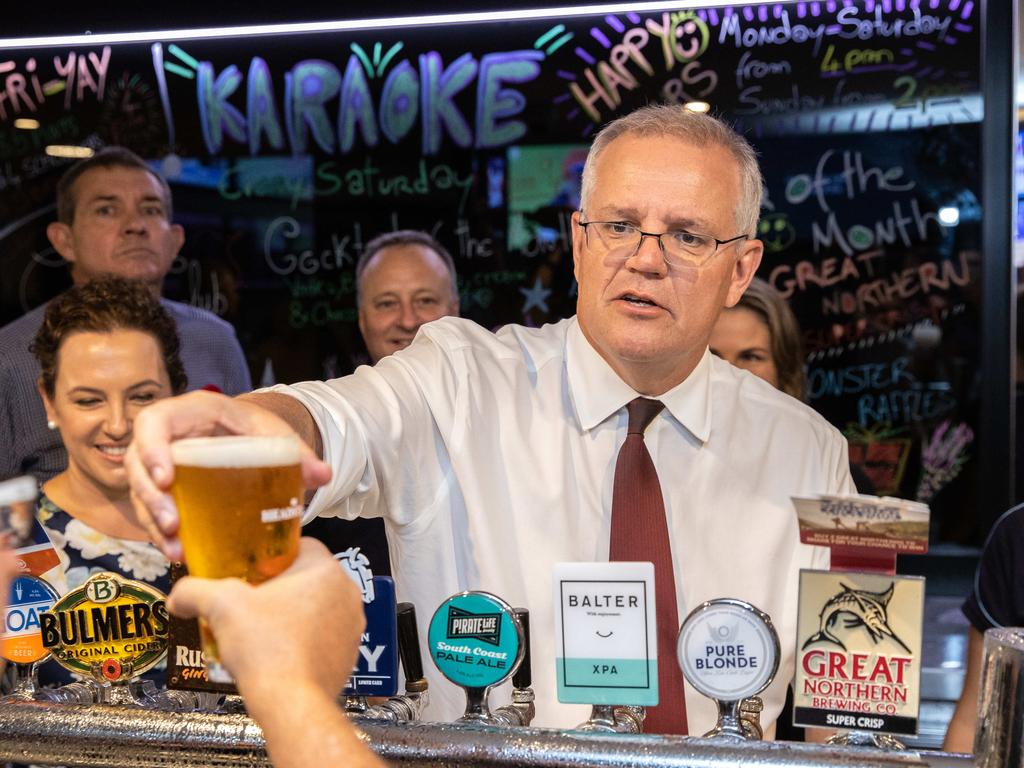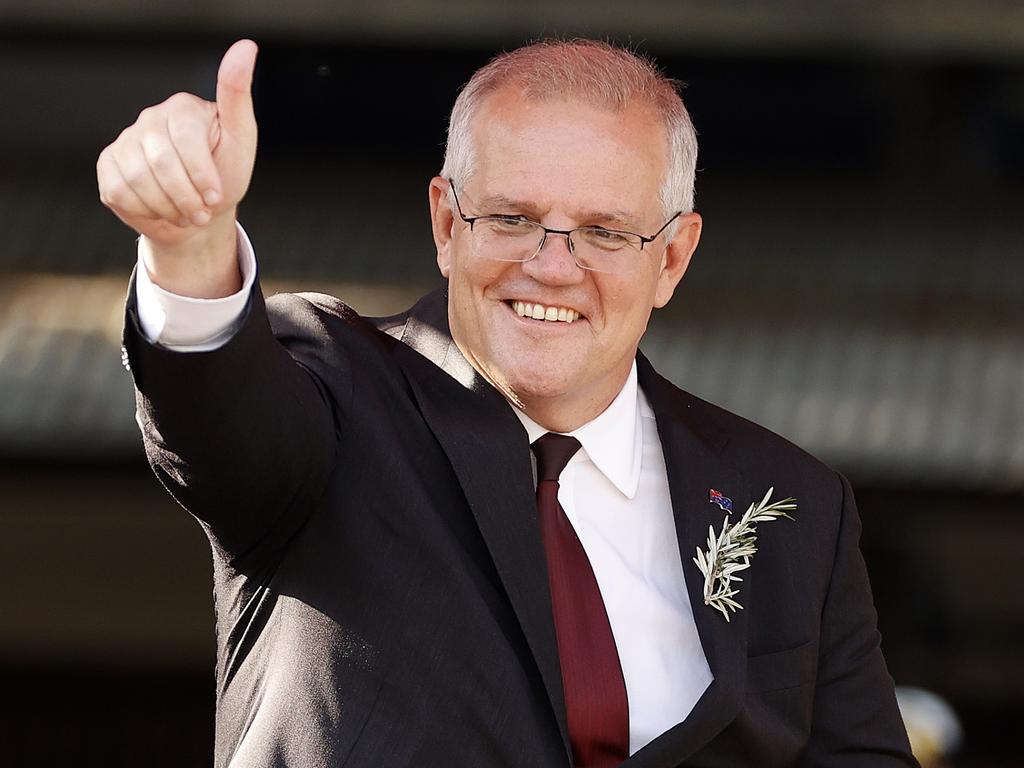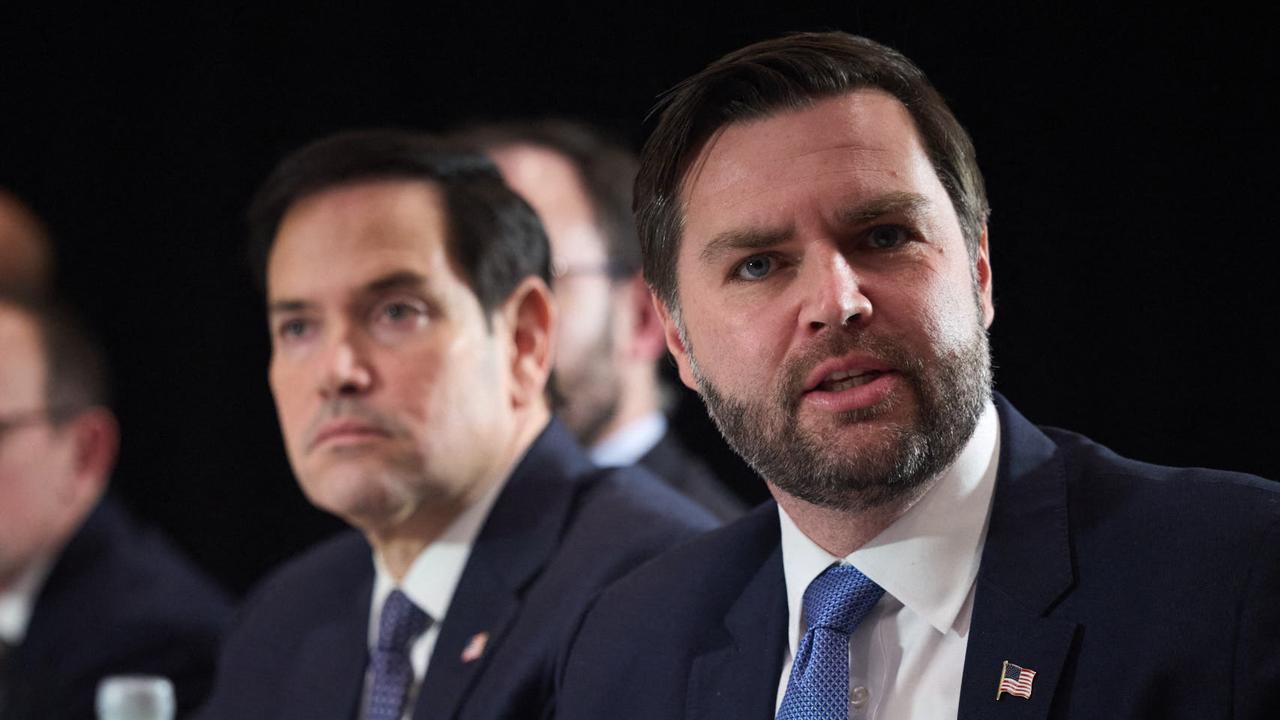Federal election: Macron’s victory begs the question – why don’t we have a centrist political party?

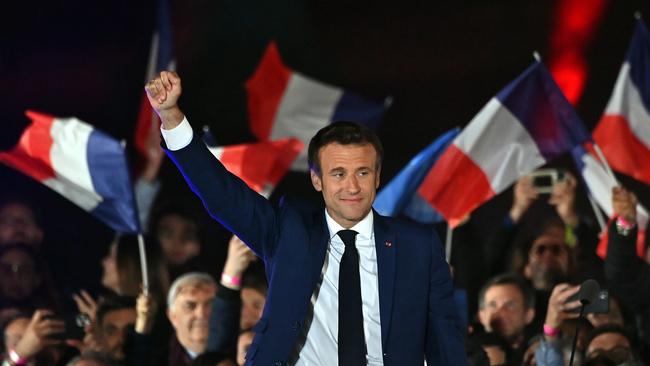
Emmanuel Macron’s trouncing of Marine Le Pen in the French presidential election shows the vast majority of voters turning away from far-right populism and embracing political centrism. The centre held.
The run-off vote saw Macron win 58.5 per cent to Le Pen’s 41.5 per cent, and become the first president in 20 years to secure a second term in the Élysée Palace.
While France remains divided, with Le Pen performing strongly in rural and outer-suburbs, and winning support from those with lower incomes and less educated, Macron’s margin of victory is clear.
Much has been said about the importance of Macron’s victory for the EU and NATO. It is also an important victory for political centrism which seems to be vanishing across Western-style democracies.
The formation of Macron’s politically centrist La République En Marche! (LREM) party has given many voters disillusioned with the establishment centre-right and centre-left parties a home while others have looked to the far-left and far-right for a new style of politics.
Few political parties in the democratic world have had such rapid success. LREM was formed by Macron in April 2016 and in April-May 2017, it catapulted Macron to the presidency with 66.10 per cent of the vote. (I wrote several columns about Macron’s stunning victory five years ago.)
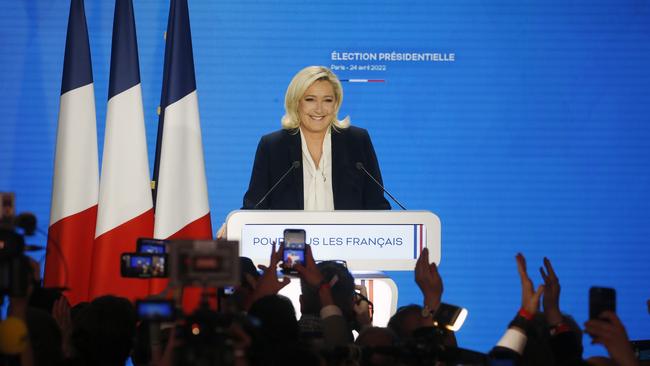
It is a party that identifies as progressive, embracing both socially and economically liberal policies. It aims to bridge the divide between the traditional centre-right and centre-left establishment parties in France. It is also a deeply patriotic party with Macron not averse to political stagecraft and showmanship.
The success of LREM is a reminder that political parties don’t last forever.
The centre-right mainstream party, The Republicans, were again smashed in the first round of the presidential elections with Valérie Pécresse winning just 4.7 per cent of the vote. This is the party of Nicolas Sarkozy.
The centre-left mainstream Socialist Party presidential candidate, Anne Hidalgo, secured just 1.74 per cent of the vote. This is the social democratic party of François Mitterrand and François Hollande. It is now a spent force.
In the first round of presidential voting, the far-right National Rally led by Le Pen and Jean-Luc Mélenchon’s populist far-left La France Insoumise polled second and third, following Macron, with 23.15 per cent and 21.95 per cent respectively.
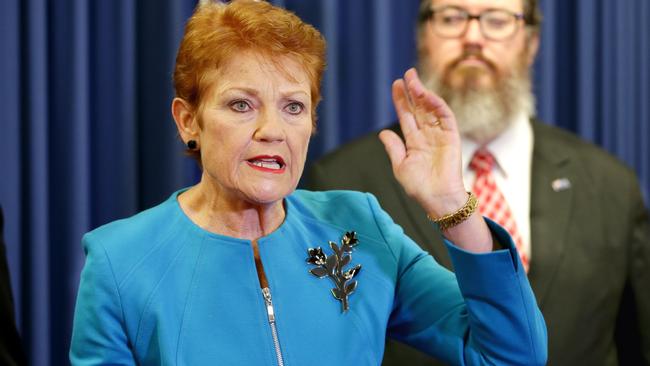
Australia does not have a centrist political party. Indeed, in recent decades we have seen both the establishment centre-right (Liberal-National) and centre-left (Labor) parties drift from the centre. They are no longer attracting the primary votes they did a generation ago.
Accordingly, we have seen the rise of the far-left populist Greens and the far-right populist Pauline Hanson One Nation party and Clive Palmer’s United Australia Party. It is also true that some socially conservative voters have left Labor for the Coalition and some socially progressive voters have left the Liberal Party for the Labor Party.
The Liberal Party has long struggled with striking the right balance between being a liberal and conservative party. Malcolm Turnbull believes it is mostly a conservative party these days. Peter Costello told me a few years ago that he doubted he would win preselection today. Andrew Peacock also lamented the decline of liberalism in the party he once led.
Labor has also shifted away from its centre-left moorings. While Albanese has tried to shift the party back towards the centre, it is still a long way from what it was when led by Bob Hawke and Paul Keating. This is not just my view; it is the view of Hawke and Keating too. Hawke, before his death, like Keating, believed Labor is more left than it was in the 1980s and ‘90s.
Because of compulsory voting, both major parties must still appeal to the centre to attract swinging voters. But this is also a contest to win the disengaged voter. The truth is that some seats in next month’s election are likely to be decided by voters who pay little or no attention to politics.
It is a pity that Australia lacks a centrist political party that can recognise the merits of policies on both the centre-left and the centre-right, which eschews tribalism and partisanship, and does not view one side as enemies with no worthwhile policies.
It may help explain why the major parties – the Coalition and Labor – are seeing their primary votes decline as voters look to minor parties and independents for a different approach to politics. If only there was a centrist alternative.



